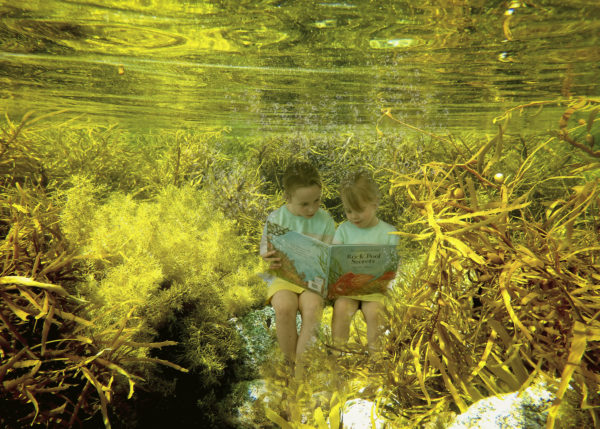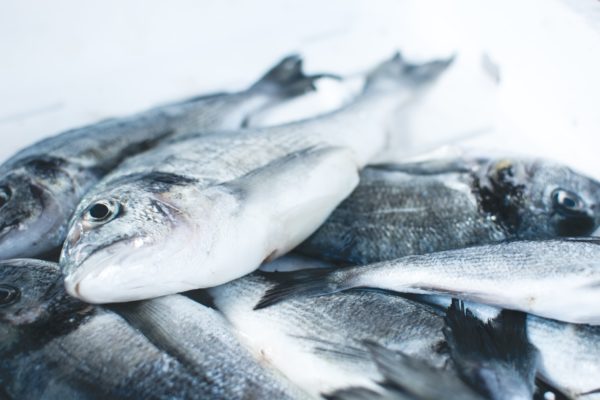Australian tidal marshes have been found to contribute $37M annually in organic carbon storage.
For the first time, a dollar figure has been placed on the carbon storage (sequestration) value of Australia’s tidal marshes.
Ecologist Dr Peter Macreadie, from Deakin University’s Centre for Integrative Ecology (CIE) and Director of Blue Carbon Lab, led an international team of scientists on the project, with samples being collected from marshes around Australia. Their research findings were recently published in “Nature Scientific Reports,” with Blue Carbon Lab’s Mr Quinn Ollivier, a PhD student, a joint author.
The team found that Australia’s 1.4 million hectares of tidal marshes contain an estimated 212 million tonnes of Organic Carbon (OC) in the surface one metre, with a potential CO2-equivalent value of $AUD 9.37 billion. The value of annual tidal marsh carbon sequestration is estimated at $AUD 37 million.
“Together, these values highlight the significant role Australian tidal marshes have played in biosequestration historically (the long-term development of the current OC stocks) and may continue to play into the future (through annual OC accumulation),” said Dr Macreadie.
These figures don’t take into account the value of other ecosystem services provided by tidal marshes, such as nutrient cycling, shoreline stabilisation, pollution control and biodiversity enhancement.
Dr Macreadie noted that vegetated coastal habitats (tidal marshes, seagrasses and mangroves), known as “blue carbon ecosystems,” rank among the most efficient biosequestration systems on the planet – and the new research should add impetus for protection and restoration initiatives.
“The new dataset comprises analysis of sediment cores of 323 samples taken from the temperate coasts of Australia, along with all available literature data,” he said.
“It provides the most comprehensive estimates of tidal marsh blue carbon in Australia, and illustrates their importance in climate change mitigation and adaptation, acting as CO2 sinks and buffering the impacts of rising sea level.”
The work focused on OC located below-ground because much of the above-ground plant material is not sequestered in the long-term. The highest proportion of carbon stock is in the sedimentary, below-ground pool.
With a total tidal marsh area estimated at 1,382,500 hectares, Australia is home to approximately 33 per cent of the planet’s tidal marsh. However, this figure was much higher before European settlement. The expected effects of climate change (especially sea level rise and associated phenomena of mangrove encroachment and “coastal squeeze”) represent a further threat to these ecosystems.
[testimonial_text]As the world tries to transition to a low-carbon economy, there is growing opportunity to finance the conservation and protection of tidal marshes using the carbon offset market.[/testimonial_text]
[testimonial_picture name=”Dr Peter Macreadie” details=”Director, Blue Carbon Lab”]
 [/testimonial_picture]
[/testimonial_picture]“The Verified Carbon Standard (VCS) Methodology for Tidal Wetland and Seagrass Restoration could attract carbon credits for tidal marsh restoration, but to our knowledge there have been no attempts by carbon offset providers to use the VCS scheme in Australia.
“At the national level, the Australian Government’s Emission Reduction Fund (ERF) is the primary policy relevant to carbon management. Considering the magnitude of OC storage and accumulation in Australian tidal marshes, we recommend their inclusion within this policy framework.”
The research was funded with the support of the Australian Research Council through two Discovery Early Career Researcher Awards and a Linkage Grant. Support was also provided by the CSIRO Flagship Marine and Coastal Carbon Biogeochemical Cluster and the Ocean and Atmosphere Flagship.
This article was published by Deakin Research on 14 March 2017.



